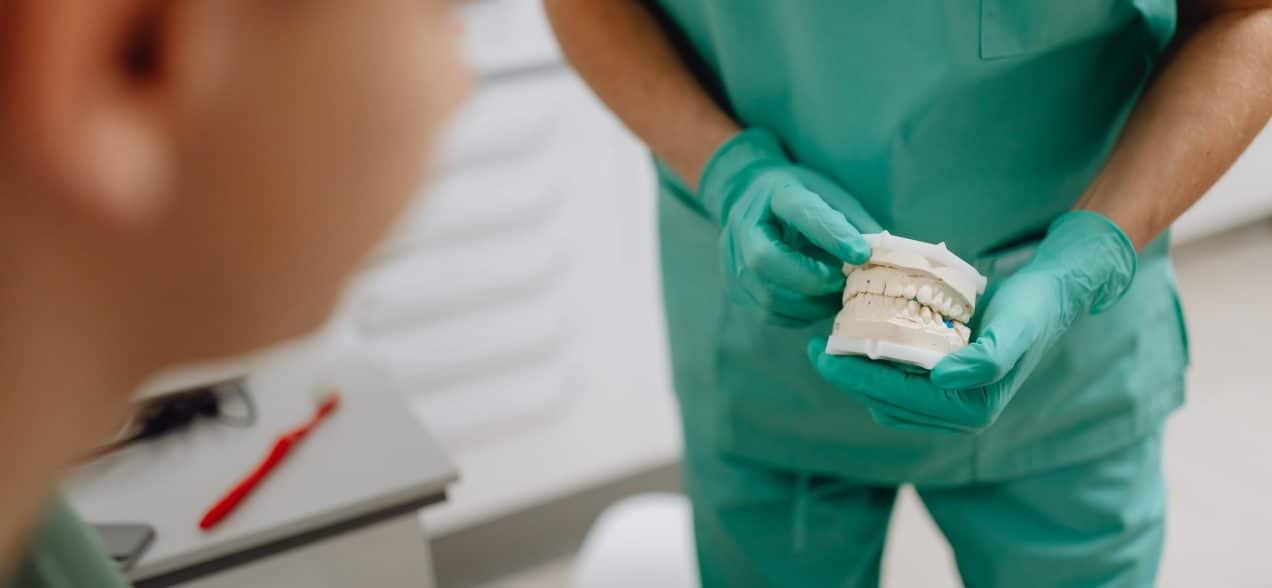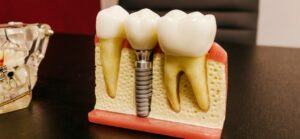
Replacing missing teeth is crucial to your dental health. If you have missing teeth, you can have difficulty chewing, talking, and even breathing properly. Missing teeth can also lead to a shift in the location of your remaining teeth, which can lead to problems with your bite and even pain in the mouth and jaw due to improper alignment. Missing teeth also affect your appearance; your cheeks may appear more sunken and you’ll probably find yourself covering your mouth to hide any embarrassing gaps in your teeth.
But how do you go about replacing missing teeth? Quite frankly, you can’t do much about your missing teeth without consulting an experienced dentist who can determine which type of false tooth is most appropriate for your situation. Don’t put off visiting your dentist to discuss any missing teeth you have (and don’t worry, your dentist has seen dental problems much worse than yours! Honestly!)
Your dentist will carefully evaluate your mouth and gums and the remaining teeth to determine what is the best possible solution to restore your smile and give you a comfortable, attractive set of teeth.
Bridges
A bridge is often used to replace two or more missing teeth. Crowns on either side fit over the natural teeth to the left and right of the gap. These two teeth are sometimes referred to as abutment teeth. The false tooth or false teeth in between the abutment teeth will fill the gap. The crowns and false teeth are usually made of porcelain or a similar material. Bridges can quickly and easily replace missing teeth, but they may need replaced after several years.
Implants
Dental implants are false and are actually the root form, usually made of surgical grade metal and implanted into the bone of the jaw, that holds a false tooth or crown in place. The false tooth will be installed using the implant to hold the tooth permanently in place. There is a time lag between the placing of an implant and the setting of the false tooth. A wait of at least three months is recommended to ensure that the jaw bone accepts the implant and there is no infection before putting the permanent crown over it.
Implants are more permanent and are unlikely to cause damage to adjoining teeth, while bridges are a good choice if the abutment teeth are in good shape and your jaw bone is too small or damaged to properly accept an implant.
Crowns
Crowns, sometimes called caps, are sometimes used to replace partially missing teeth as well as a completely missing or extracted tooth. The crown can either fit over what remains of the damaged tooth after it is filed and shaped to accept the crown, or over an implant that has been fastened into the jaw bone.
Your dentist will recommend the appropriate replacement for your missing teeth. He or she might give you the option of choosing between more than one possible solution. Be sure you ask plenty of questions and carefully weigh the pros and cons so that you can choose the most suitable way to replace your missing teeth.
Dentures
Dentures are appliances that can replace all or just one of your missing teeth. One advantage of dentures is that they are the least expensive option for replacing missing teeth. Some of the disadvantages are that dentures might take some time to get used to for first time denture wearers; they might be difficult to chew food or speak clearly with. Food might taste as well. Dentures often cause sore spots in your mouth.
For more information, please contact us at Big Smile Dental. We would be pleased to schedule a consultation.




